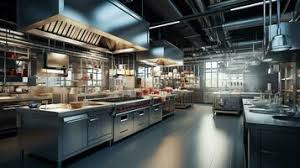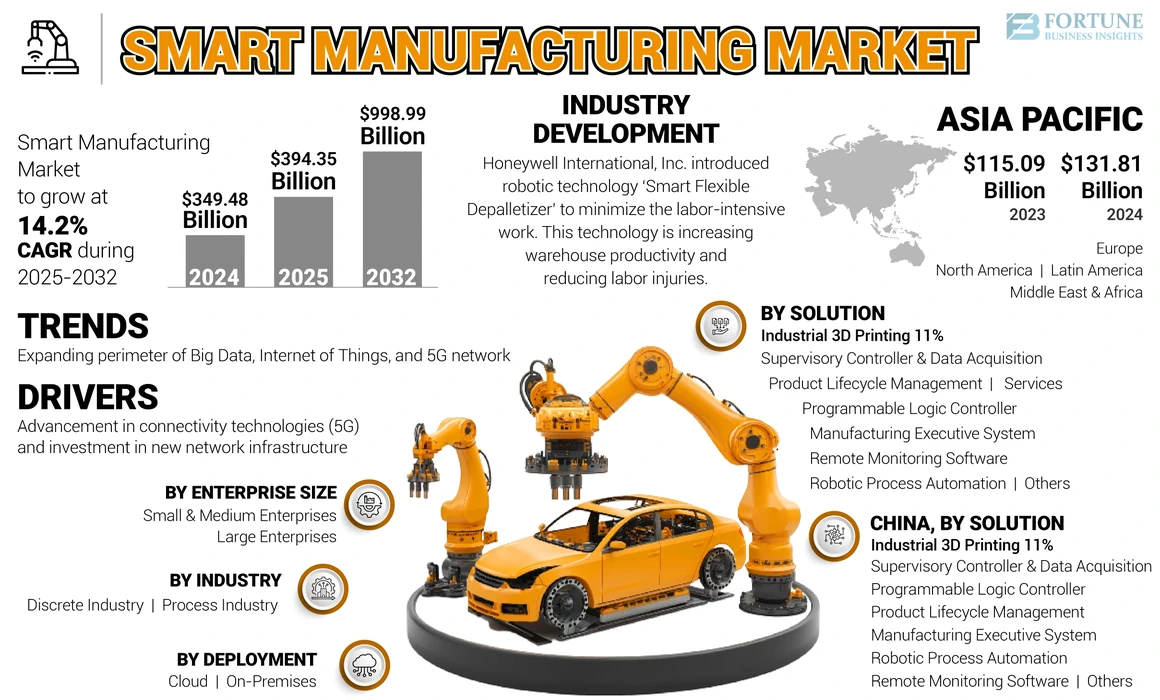How to Choose Commercial Kitchen Equipment Based on Restaurant Type

Strong 8k brings an ultra-HD IPTV experience to your living room and your pocket.
Opening a restaurant is an exciting yet challenging venture. One of the biggest investments you’ll make is in your commercial kitchen equipment. It’s not just about picking the most expensive or trendy gadgets; your equipment should be tailored to the specific type of cuisine you’re serving. After all, a pizzeria will need very different tools than a sushi bar. So how do you choose the right equipment for your restaurant? Let’s walk through the key considerations for different types of dining establishments and how you can make the smartest choices for your business.
Why the Right Equipment Matters
Picture this: You’re ready for your restaurant’s grand opening, but when service begins, your kitchen falls apart. The oven can’t keep up, your prep stations are disorganized, and staff are scrambling to find the right tools. It’s a nightmare scenario that happens more often than you think. The right commercial kitchen equipment can make or break your restaurant's operations. Efficient equipment boosts productivity, keeps food quality consistent, and helps you meet food safety standards. On the flip side, the wrong choices can slow your team down, lead to equipment breakdowns, and ultimately hurt your bottom line.
Understanding Your Restaurant Type
The first step in choosing your kitchen equipment is understanding the type of restaurant you’re running. From fast food joints to fine dining establishments, each has its own unique set of needs. Here’s a breakdown of common restaurant types and the equipment they require.
1. Fast Food and Quick-Service Restaurants
Fast food chains and quick-service restaurants (QSRs) are all about speed and efficiency. Customers want their meals quickly, and that means your kitchen needs to be equipped to handle high-volume cooking with minimal downtime.
Essential Equipment for Fast Food:
Fryers: Pitco fryers are a popular choice for high-capacity frying, perfect for french fries, nuggets, and other fast-food staples.
Griddles: For burgers, sandwiches, and breakfast items, a flat-top griddle is essential.
Holding Cabinets: Keep food warm and ready for quick assembly without sacrificing quality.
For more insights on setting up your restaurant kitchen in a fast-paced environment, check out this detailed guide on restaurant kitchen setup in the UAE.
2. Fine Dining Restaurants
Fine dining establishments place a premium on quality, presentation, and an exceptional dining experience. The kitchen equipment in these restaurants often includes specialized tools to prepare gourmet dishes with precision.
Essential Equipment for Fine Dining:
Combi Ovens: These versatile ovens combine steam and convection cooking, allowing chefs to cook food evenly and quickly without drying it out. Learn more about the different types of combi ovens and their benefits.
Sous Vide Machines: For perfect, precise cooking, sous vide machines are often a must-have in fine dining kitchens.
Plating Tools: Fine dining focuses heavily on presentation, so tools like squeeze bottles, tweezers, and precision knives are essential.
3. Casual Dining Restaurants
Casual dining restaurants fall somewhere between fast food and fine dining. These establishments typically serve a wide range of dishes, meaning their kitchens need to be versatile yet efficient.
Essential Equipment for Casual Dining:
Range Ovens: These multi-purpose ovens are a staple in casual dining kitchens, offering flexibility to cook a variety of dishes.
Refrigeration Units: With a diverse menu, you’ll need reliable refrigeration to store fresh ingredients for multiple cuisines.
Prep Stations: Dedicated areas for salad, pizza, or sandwich assembly are key to keeping things organized.
4. Cafes and Coffee Shops
Cafes and coffee shops don’t require large, industrial kitchen equipment, but they do need specific tools to serve their unique offerings like espresso, pastries, and light meals.
Essential Equipment for Cafes:
Espresso Machines: Quality coffee is the cornerstone of any café, and investing in a high-end espresso machine is crucial.
Panini Presses or Toasters: Many cafes offer sandwiches or light meals that require quick, easy-to-use cooking equipment.
Refrigerated Display Cases: Showcasing pastries, cakes, and cold beverages helps boost impulse purchases.
If you’re interested in more tips on organizing your café or restaurant kitchen efficiently, check out these 5 tips for efficiently organizing your commercial kitchen equipment.
5. Pizzerias
Pizzerias have highly specialized needs when it comes to kitchen equipment. The heart of any pizzeria is its pizza oven, but there are other tools that help keep the operation running smoothly.
Essential Equipment for Pizzerias:
Pizza Ovens: Whether you opt for a traditional brick oven or a conveyor-style unit, the right pizza oven is essential.
Dough Mixers: Efficient, high-volume dough mixers are a must for making pizza dough in bulk.
Pizza Prep Tables: These tables come with refrigerated compartments for ingredients and a spacious prep area for assembling pizzas.
6. Bakeries
If you’re running a bakery, the equipment you choose needs to handle large batches of dough, pastries, and bread while maintaining consistency.
Essential Equipment for Bakeries:
Commercial Mixers: A heavy-duty mixer is essential for mixing large quantities of dough or batter.
Proofing Cabinets: These cabinets allow dough to rise at controlled temperatures and humidity levels.
Deck Ovens: Deck ovens provide even heating, ideal for baking bread and pastries.
Key Factors to Consider When Choosing Equipment
Now that you know the types of equipment your restaurant might need, let’s look at some key factors to consider before making any purchases.
1. Size and Space
How much space do you have in your kitchen? It’s tempting to go all-out and buy the latest gadgets, but if they don’t fit in your kitchen, they won’t be of any use. Measure your kitchen space carefully and make sure that the equipment you choose will fit comfortably without crowding your staff.
2. Energy Efficiency
Energy-efficient equipment may cost more upfront, but it can save you a lot in utility bills over time. Plus, energy-efficient appliances are better for the environment, aligning your restaurant with sustainable practices. When you’re planning your kitchen layout, consider the long-term benefits of going green.
3. Durability and Warranty
Kitchen equipment is a big investment, so you’ll want to choose items that will last. Look for equipment with solid warranties and high-quality materials. Stainless steel is a popular choice because of its durability and resistance to corrosion.
4. Scalability
As your restaurant grows, will your equipment be able to keep up with the increased demand? Choosing scalable equipment now can save you from having to make costly upgrades later on. For instance, a combi oven might be a good investment for a growing restaurant because of its versatility and efficiency.
Conclusion
Choosing the right commercial kitchen equipment for your restaurant can seem overwhelming, but with the right approach, it doesn’t have to be. Start by understanding your restaurant type and its specific needs. Then, factor in key considerations like space, energy efficiency, durability, and scalability to make smart purchasing decisions that will serve your business for years to come.
Remember, the right equipment not only helps your kitchen run smoothly but also improves your overall customer experience. After all, a well-equipped kitchen is the heart of a successful restaurant.
FAQs
1. How do I determine the right size for my commercial kitchen equipment?
Measure your kitchen space carefully and consider the layout. Make sure there's enough room for staff to move around comfortably while using the equipment.
2. Should I buy used or new commercial kitchen equipment?
While buying used equipment can save money upfront, new equipment comes with warranties and is less likely to need repairs. It depends on your budget and long-term needs.
3. What’s the most important piece of equipment for a restaurant kitchen?
It varies based on the restaurant type, but essential items include ranges, refrigerators, and prep stations. For pizza restaurants, a high-quality pizza oven is crucial.
4. How often should I service my commercial kitchen equipment?
Regular maintenance is key to prolonging the life of your equipment. Most manufacturers recommend servicing every 6-12 months, depending on usage.
5. Where can I find reliable suppliers for commercial kitchen equipment?
You can explore trusted suppliers like Your Kitchen Center for a wide range of high-quality, durable commercial kitchen equipment tailored to your needs.
Note: IndiBlogHub features both user-submitted and editorial content. We do not verify third-party contributions. Read our Disclaimer and Privacy Policyfor details.







